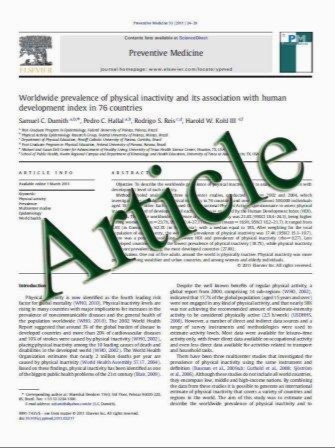Nonalcoholic steatohepatitis (NASH) after pancreaticoduodenectomy: association of pancreatic exocrine deficiency and infection
- نوع فایل : کتاب
- زبان : انگلیسی
- مؤلف : Yasuhiro Murata Shugo Mizuno Hiroyuki Kato Masashi Kishiwada Ichiro Ohsawa Takashi Hamada Masanobu Usui Hiroyuki Sakurai Masami Tabata
- چاپ و سال / کشور: 2011
Description
Previous clinical study has demonstrated that 30–40% of patients undergoing pancreaticoduodenectomy (PD) developed hepatic steatosis. However, nonalcoholic steatohepatitis (NASH) is a little-known complication after PD. Recently we encountered two patients with PD who later developed NASH diagnosed by liver biopsy. Case 1 was a 79-year-old woman who underwent PD for intraductal papillary mucinous neoplasm (IPMN). She had postoperative severe diarrhea due to pseudomembranous enterocolitis. Severe liver dysfunction was observed on the 31st postoperative day. Abdominal computed tomography (CT) on the 32nd day showed remarkably decreased hepatic CT value of 6 HU. Immediate liver biopsy revealed NASH (Brunt criteria: grade 2, stage 2). Case 2 was a 71-year-old woman who underwent PD for IPMN. Liver biopsy on 70th postoperative day, which was performed for assessment of moderate liver dysfunction and decreased hepatic CT value of 44 HU, demonstrated simple steatosis. In the 21st postoperative month, she developed severe urinary tract infection together with marked liver dysfunction. Immediate liver biopsy revealed NASH (Brunt criteria: grade 1, stage 1). For each patient, treatment of infection and highdose pancreatic enzyme supplements improved liver dysfunction and liver steatosis. Clinical features of our cases seem to support the current leading hypothesis of the pathogenesis of NASH, i.e., the two-hit theory.
Clin J Gastroenterol (2011) 4:242–248 Received: 13 February 2011 / Accepted: 3 April 2011 / Published online: 10 June 2011 Springer 2011


